Manga and anime have produced some of the most outstanding genres. They embody remarkable skills, passion, and visionary ideas that have the power to transform stories into vibrant lives. In particular, the joy of manga is significantly enhanced when compelling illustrations are complemented by captivating narratives.
The distinctiveness of manga is showcased through its unique art styles, avoiding the traditional anime tropes while emphasizing extraordinary character abilities, with intricate details and expressive characters.
Kohei Horikoshi
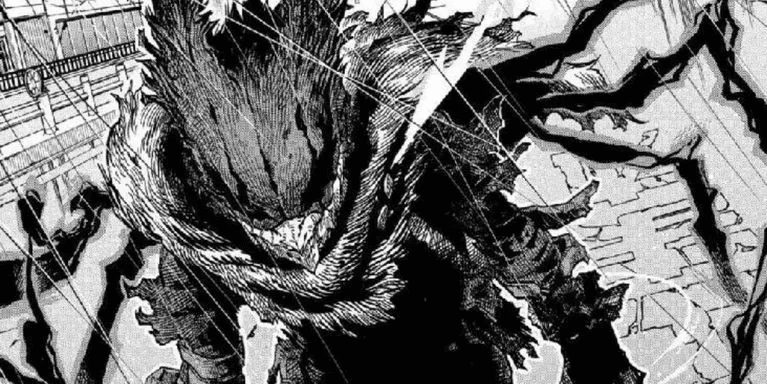
Kohei Horikoshi is widely recognized as the creator behind My Hero Academia, a popular Shounen manga that has been published since 2015. Additionally, he has other lesser-known works such as Oumagadoki Zoo and Barrage.
Horikoshi draws inspiration from artists like Yuko Osada and iconic manga series such as Dragon Ball, One Piece, and Naruto. His distinct style is marked by intricate details that portray a more vibrant and dynamic landscape, particularly in character design and clothing.
Rumiko Takahashi
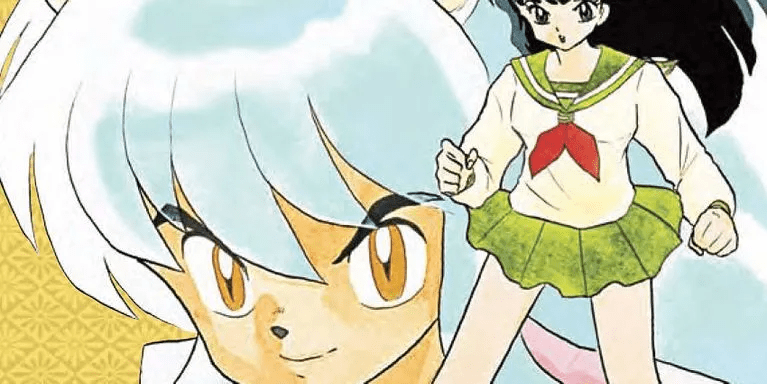
Rumiko Takahashi is a prolific creator in the manga industry, known for iconic works such as Urusei Yatsura, Ranma 1/2, and the popular isekai series InuYasha. She is considered one of the wealthiest and most renowned mangaka in Japan.
Takahashi is celebrated for her rare talent, unique storytelling style, and humor, often drawing comparisons to the legacy of Osamu Tezuka. Her vibrant illustrations, particularly those from InuYasha, have garnered high praise from fans.
Hirohiko Araki
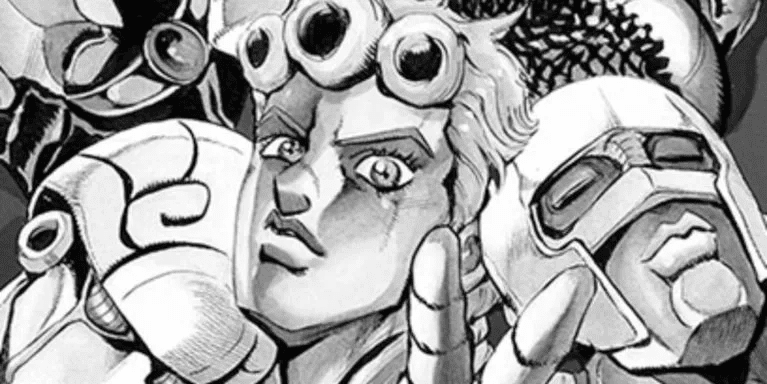
Hirohiko Araki is revered for his unique artistic skills in the manga world. Drawing inspiration from works like Fist of the North Star and even Italian classical art, Araki is best known for his series JoJo’s Bizarre Adventure, which has been published since 1987.
Initially, his style had similarities to Fist of the North Star, but over the years, Araki has refined his approach, incorporating diverse styles into his character designs, including exaggerated shapes and gender fluidity.
Tatsuki Fujimoto
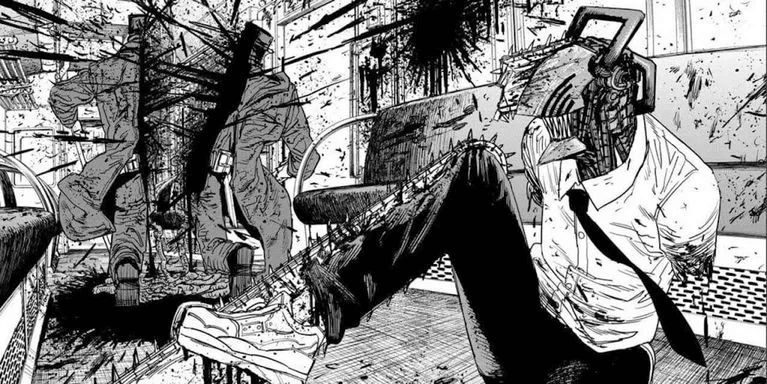
Tatsuki Fujimoto gained fame through his works Fire Punch and Chainsaw Man. He is also known for several notable one-shot stories, such as Look Back and Goodbye Eri.
Fujimoto has a remarkable ability to create impactful narratives that leave readers in shock. To enhance the emotional weight of his stories, he focuses intensively on various unique skills.
Tite Kubo
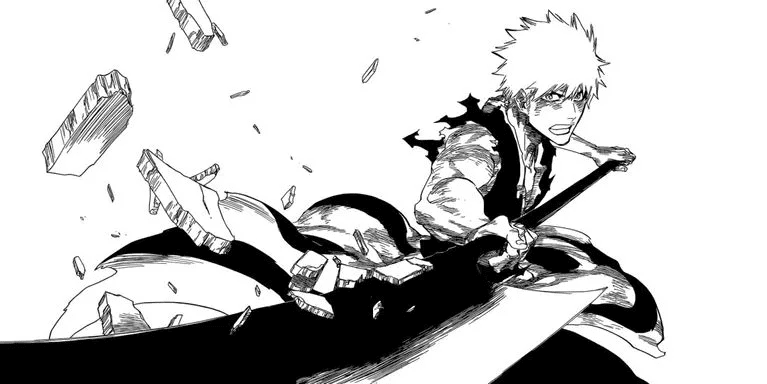
Tite Kubo faced numerous challenges when starting his career, especially when the initial publication of Bleach was met with criticism. However, the influence of Akira Toriyama, creator of Dragon Ball, motivated Kubo to refine his work and the series itself.
This work is considered a highlight in Kubo’s career. Spanning 74 volumes, it showcases significant development in his artistic style. Kubo has a unique talent for blending simplistic backgrounds with dynamic action sequences, enhancing the overall impact of the story.
Additionally, he has a penchant for designing characters that reflect modernity, a trait that is particularly evident in the diverse cast of characters in the anime adaptation of Bleach.
Tetsuo Hara

Tetsuo Hara is famous for illustrating the manga series Fist of the North Star, written by Buronson in the 1980s. Since childhood, Hara aspired to become a mangaka, influenced by icons such as Kamen Rider and Tiger Mask.
His artistic style is detailed and dynamic, allowing each character to express emotions vividly, whether in intense situations or lighter moments.
Makoto Yukimura
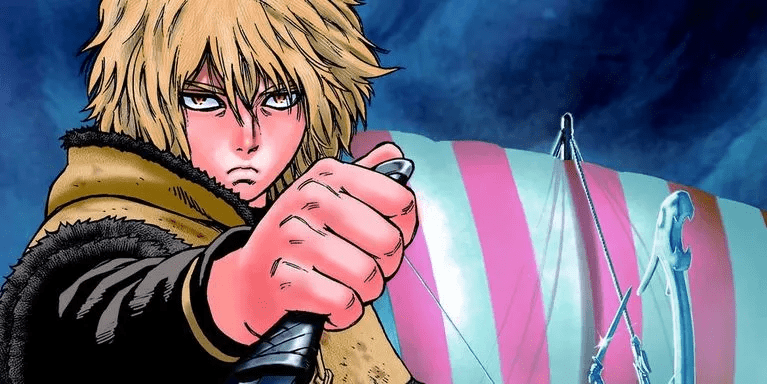
Makoto Yukimura is responsible for several acclaimed seinen series, including the popular sci-fi work Planetes and the historical epic Vinland Saga.
Yukimura is known for his meticulous attention to detail, whether in the realm of science fiction or historical settings. His distinct artistic style is characterized by clarity in technique, capturing the essence of movement and humor beautifully. For instance, the dynamic action sequences in Vinland Saga are particularly noteworthy.
Kentaro Miura
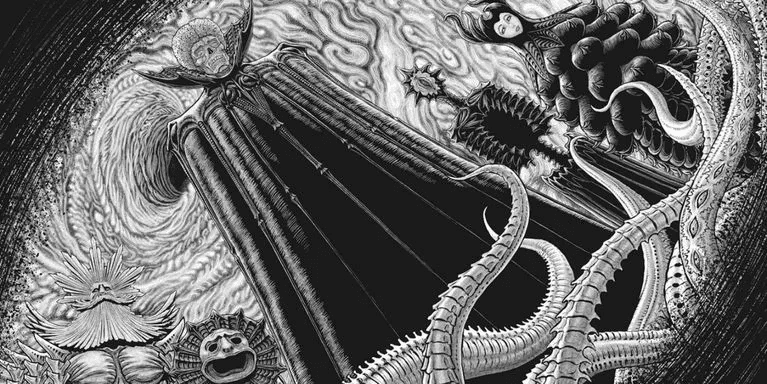
Kentaro Miura is recognized as a legend in the seinen manga genre, primarily due to his work on the dark fantasy series Berserk. Since its debut in 1989, Miura dedicated his life to creating Berserk, which has become one of the most celebrated works in the manga industry.
Miura’s distinctive artistic style is characterized by intricate details and a strong creativity in designs, from characters and monstrous beings to landscapes, architecture, and atmospheric elements.
Inoue Takehiko
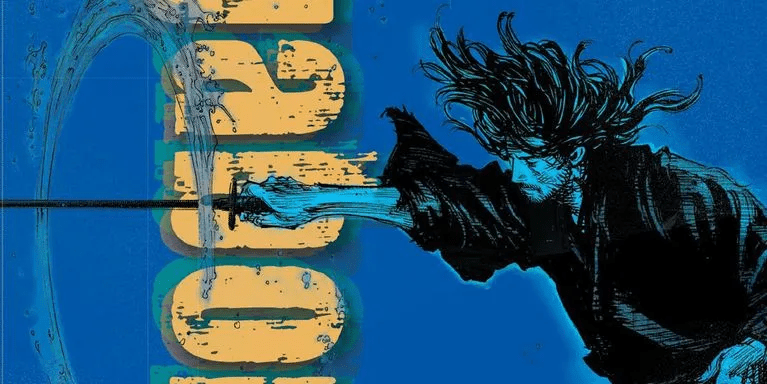
Although Inoue Takehiko originally trained in fine arts, he chose to pursue a different path. At the age of 20, he decided to follow his passion for manga and moved to Tokyo. Even in his early years, Inoue’s artwork caught the attention of publishers and set him on a path toward a successful career.
His first major work, Slam Dunk, was published from 1990 to 1996 and became a hallmark of basketball manga. Another remarkable aspect of his career is Real. However, since 1998, Inoue has dedicated himself to publishing the historical manga Vagabond, which perfectly showcases his realistic artistic style and perspective, providing readers with an immersive experience in a different era.
Junji Ito
Junji Ito is often hailed as the most famous horror manga artist in Japan, with a significant following. His talent for storytelling emerged when he began drawing at the age of four. By the late 1980s, Ito started producing some of his most iconic horror stories, notably Tomie, along with various other unsettling narratives.
What captivates audiences in his artistic style is not just the grotesque details and eerie atmosphere but also a deep commentary on various aspects of Japanese culture and history.





















